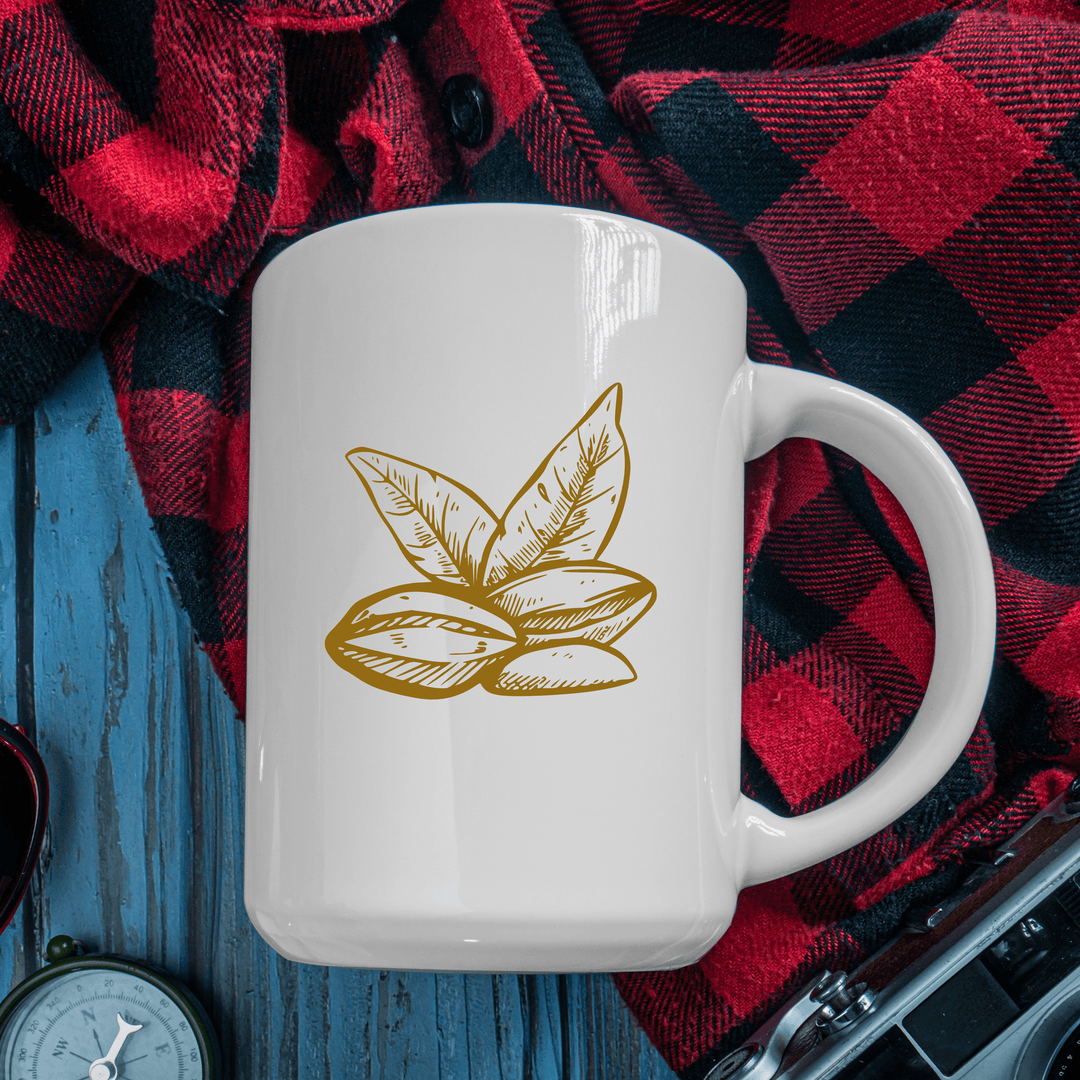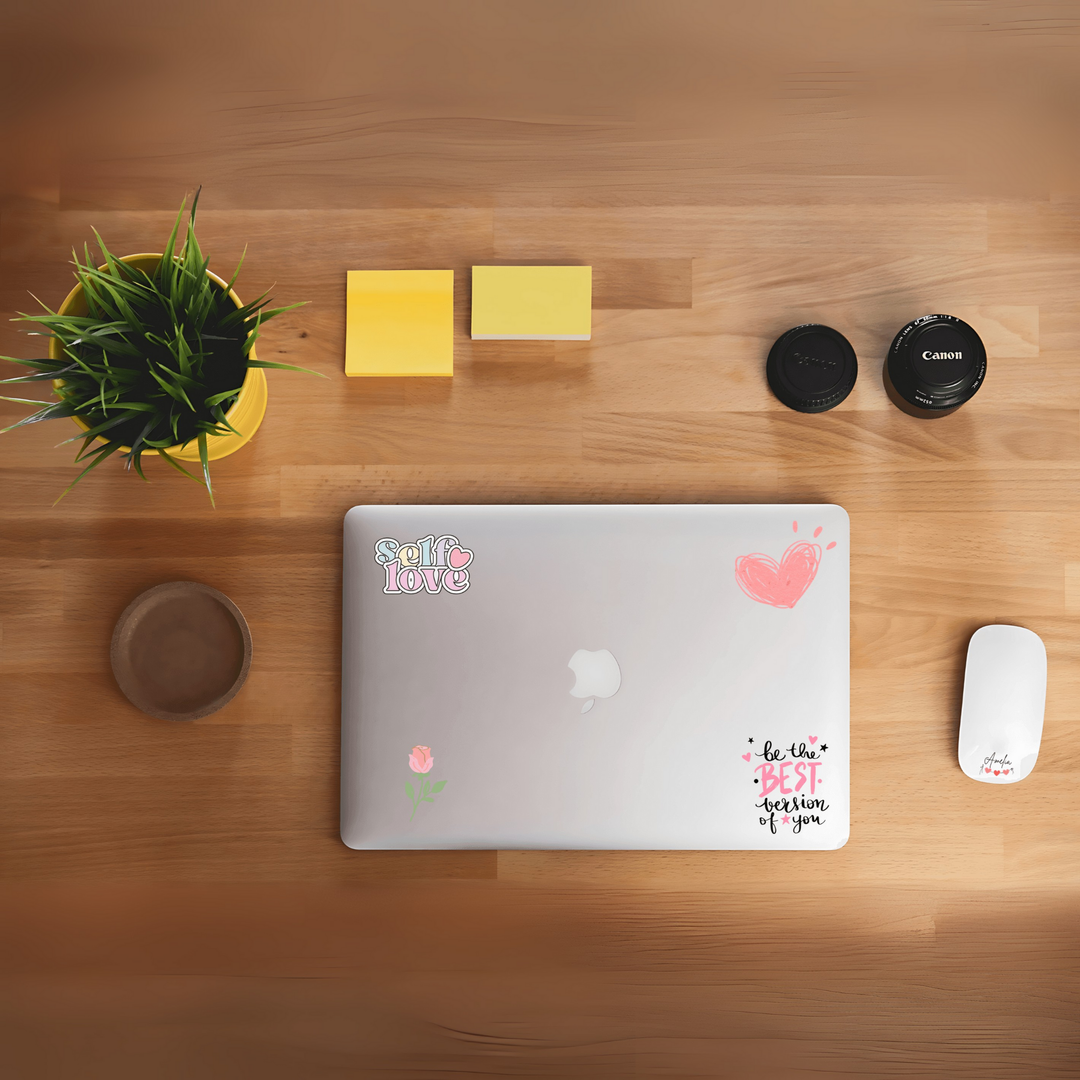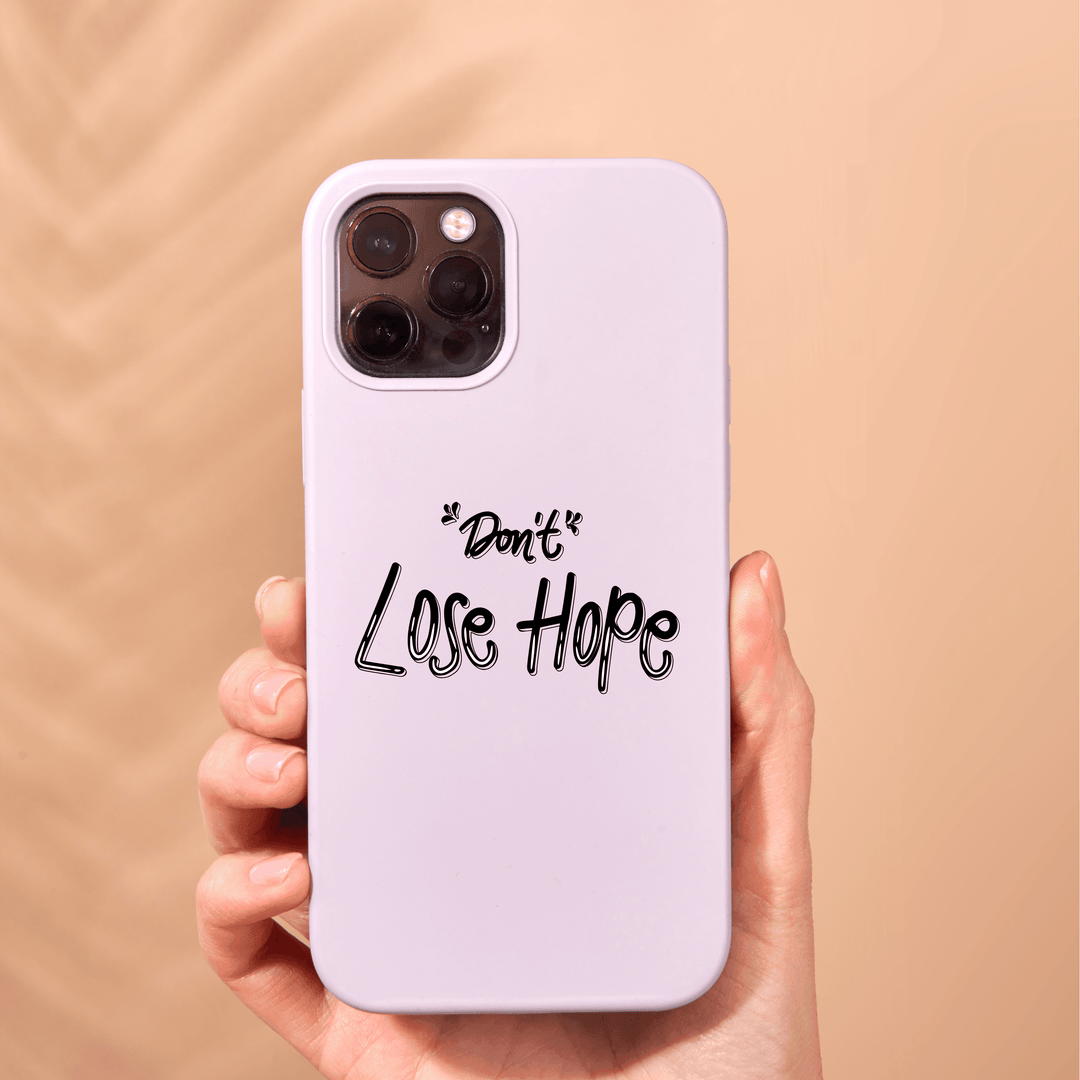DTF Paper and Powder – Premium Supplies for Perfect Transfers 🎨
Boost your Direct-to-Film printing quality with our top-grade DTF paper and powder. These essential materials ensure sharp, vibrant prints with excellent adhesion and durability. Whether you’re producing custom apparel or bulk orders, using high-quality paper and adhesive powder guarantees smooth transfers that last wash after wash.
Our DTF paper offers optimal ink absorption and clarity, while the hot-melt powder provides a strong, flexible bond to fabrics like cotton, polyester, and blends. Compatible with most DTF printers and heat presses, these materials streamline your workflow and enhance finished product quality.
Why Choose Our DTF Paper and Powder?
-
🖨️ Superior Ink Holdout: Crisp, vivid print results with minimal ink bleed
-
🔥 Strong Adhesion: Powder melts evenly for durable, flexible transfers
-
♻️ Versatile Use: Works on a variety of fabrics and materials
-
⚙️ Easy Application: Smooth powder coating and quick curing
-
📦 Available in Bulk: Cost-effective options for businesses of all sizes
How to Use
-
Print your design onto the DTF paper with DTF inks.
-
Evenly apply the adhesive powder onto the wet ink.
-
Cure the powder using a heat source to activate bonding.
-
Transfer the design to your fabric with a heat press.
Available Sizes and Packs
-
Sheet sizes: A4, A3, and custom
-
Powder packaging: Small bags for startups to large bulk orders
Frequently Asked Questions
What types of films are used in heat transfer printing?
Specialized printable films serve as the base for transferring designs onto fabrics. These films are designed to hold the ink during printing and release the design smoothly onto the textile when heat and pressure are applied.
How does the adhesive powder function in the transfer process?
After printing, an adhesive powder is applied over the wet ink. When heat is applied, this powder melts and binds the design firmly to the fabric, ensuring flexibility and wash durability without cracking or peeling.
Are these materials compatible with various fabric types?
Yes, these materials work effectively on a wide range of textiles including cotton, polyester, and fabric blends. Proper application techniques ensure strong adhesion and vibrant prints regardless of fabric composition.
What storage conditions best preserve these materials?
Keeping both the films and powders in a cool, dry environment away from sunlight and humidity helps maintain their quality and shelf life, preventing degradation or clumping.
Can different sized sheets or rolls be used for different production needs?
Absolutely. Users can choose from various sizes such as sheets for smaller projects or rolls for large-scale production, allowing flexibility in workflow and cost-efficiency.
What maintenance is necessary to keep printing equipment in good condition?
Regular cleaning of printheads and using manufacturer-recommended solutions help avoid clogs and maintain vibrant print quality. This upkeep also prolongs equipment lifespan.
How important is the curing process for the adhesive powder?
Curing activates the powder’s bonding properties. Proper temperature and timing are crucial to ensure the powder melts correctly, creating a durable, flexible bond without compromising the print’s appearance.
How does the choice between hot peel and cold peel films affect the transfer?
Hot peel films require removing the film immediately after heat pressing while still hot, offering a smooth finish. Cold peel films need to cool down before removal, which can provide a softer feel but may require extra handling care.
Can these materials be used for non-textile surfaces?
While primarily designed for fabrics, certain types of films and powders can be adapted for use on hard surfaces like ceramics, glass, or plastics, especially when paired with specialized inks and curing processes.
What environmental considerations are involved with these materials?
Modern films, powders, and inks are increasingly formulated to be eco-friendly, featuring lower emissions and reduced waste. Choosing high-quality materials can contribute to more sustainable printing operations.






